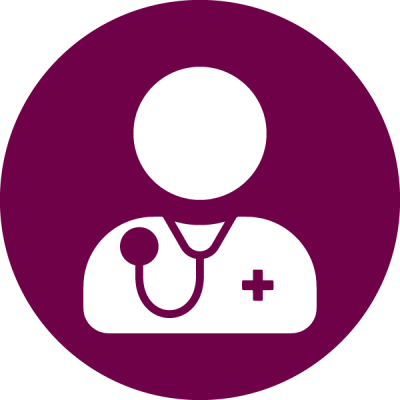
Attention:
Medical Genetic Analysis
This product is a medical genetic analysis, which is only carried out on the request of a doctor.
The Breast Health Sensor shows how high the individual risk of developing breast cancer is and helps to ensure optimal prevention and treatment. This product is a medical genetic analysis, which is only carried out on the request of a doctor.

Attention:
Medical Genetic Analysis